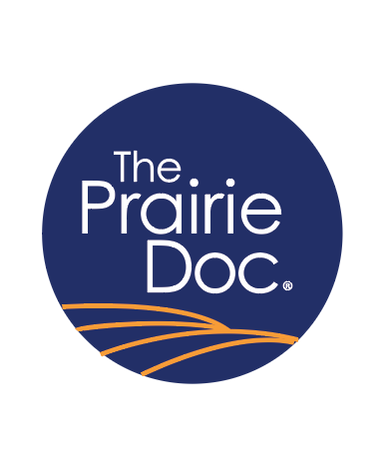Opioids: The Unfolding of a CrisisBy Kenneth A. Bartholomew, MD
By now everyone with a television or internet connection has heard of the “Opioid Crisis in America”. Deaths from accidental overdoses of opioids each year have now surpassed deaths from automobile accidents. Depending on whose numbers you read, these deaths range from 50,000 to 70,000 each year, versus 38,800 from vehicle accidents in 2019. Just how did we get here? I have been practicing long enough to have witnessed the progression of this problem. In medical school in the 1970s, we were taught to be cautious and limit the prescribing of morphine and Tylenol with codeine because they had the potential to be addicting. We saw occasional problems with overuse and addiction, but not that many. In the 1980s and 1990s, there were multiple articles published in medical literature that showed patients in emergency rooms and hospital wards were not receiving enough pain relief. This was doubly damning because almost every article showed that people of color were provided less pain relief for surgical pain or trauma pain than Caucasians. Multiple essays followed. The unstated implication was that we were bad doctors, not doing a good job of relieving pain. Enter the federal government and the Law of Unintended Consequences. The Joint Commission, the body in charge of hospital accreditation, made pain the “Fifth Vital Sign”. It was mandated that every patient, every day, often multiple times a day, be asked how their pain level was doing (and quantify it on a one-to-ten scale). The use of pain medications accelerated. Add to this the fact that in the search for better pain-relief drugs, oxycodone was approved by the FDA in 1995 and the continuous-release version, oxycontin, came on the market the following year. Fentanyl, many more times more powerful was approved in 1998 for cancer pain. These drugs are far more addicting than codeine, a fact then unknown to most doctors and allegedly covered up by the drug company. With this perfect storm of mandates and new drugs, the number of prescriptions skyrocketed – we did not want to be seen as bad doctors by the Joint Commission watchdogs. Needless to say, the addiction rate skyrocketed as well. These drugs, some claim, can ‘turn on a switch’ in the brain after only a single dose. One addict stated, “It was the first time in my life my body didn’t hurt. I wanted that feeling to last.” And he did almost anything to get the drugs, which ruined his life and almost killed him. In contrast, we look at several European countries that did not “mandate” Draconian pain relief measures. Their post-operative patients receive mostly Tylenol and ibuprofen and their satisfaction scores are essentially identical to those of the U.S. What I think we should learn from this forty-year unfolding of the “Opioid Crisis” is that doctors should be doctors and politicians should be politicians, and the Law of Unintended Consequences will continue to bite us in the backside unless we take the time necessary to know and understand history. Ken Bartholomew, M.D. is a contributing Prairie Doc® columnist. He practices in Pierre, South Dakota and serves on the Healing Words Foundation Board of Directors, a 501c3 which provides funding for Prairie Doc® programs. For free and easy access to the entire Prairie Doc® library, visit www.prairiedoc.org and follow Prairie Doc® on Facebook featuring On Call with the Prairie Doc® a medical Q&A show streaming on Facebook and broadcast on SDPB most Thursdays at 7 p.m. central. Comments are closed.
|
Archives
July 2024
Categories |
 RSS Feed
RSS Feed


